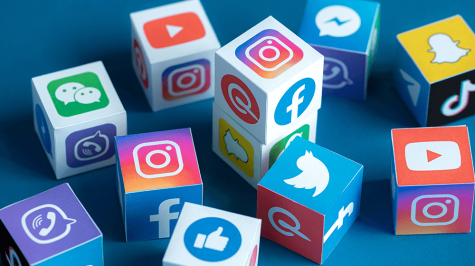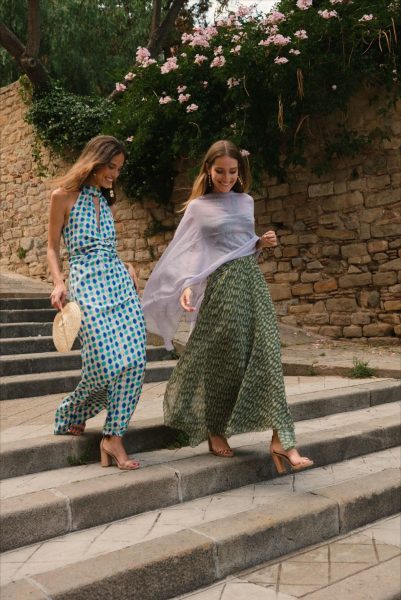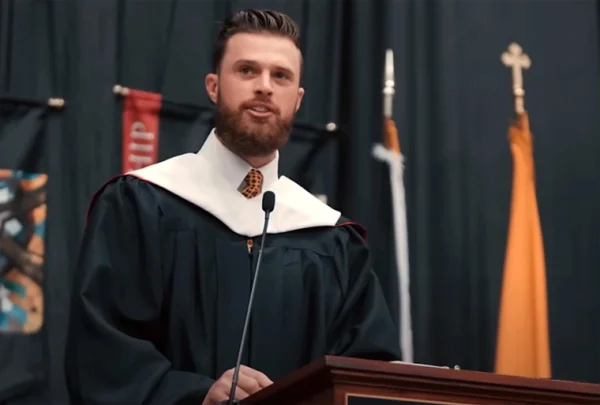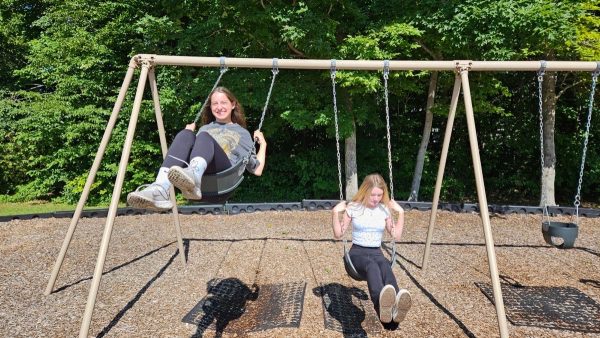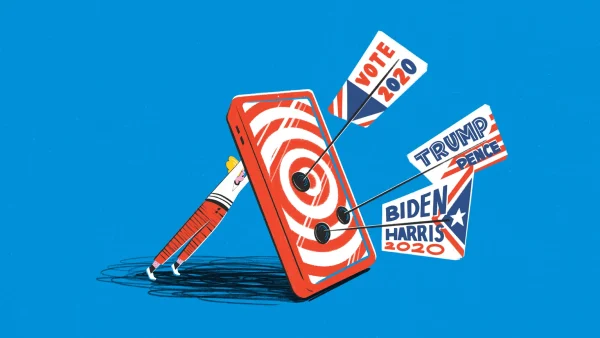Our trends reflect our progression into an era of simplicity
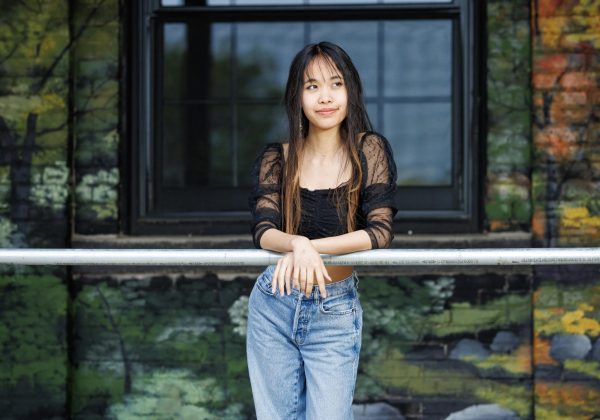
More stories from Alysse Calabio
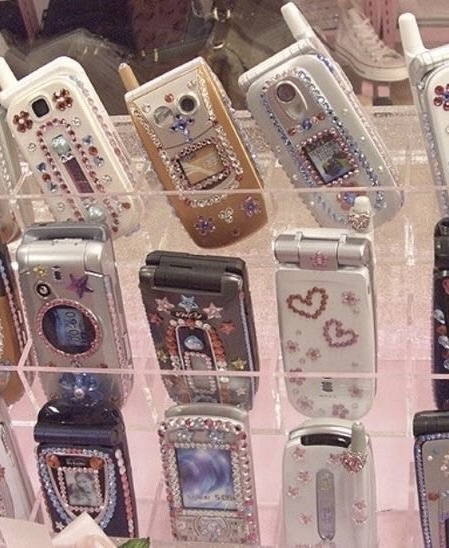
An example of the flip phones that people were beginning to switch over to
Overwhelmed, unproductive, and drained.
Every time I closed social media, I found myself drowning in these emotions. Even so, those small moments of entertainment and gratification that I received each time I went onto social media had me coming back day after day—I felt stuck in a perpetual cycle.
Hours upon hours would seem to slip past me as I mindlessly scrolled through TikTok or other similar social media platforms. For each video, I would tell myself I’d just wait another five minutes to get off, but very quickly, five minutes turned into thirty which turned into hours; an entire day would pass by me, and I felt as though I had nothing to show for it.
As I aimlessly scrolled past each video and post, it wasn’t just a few seconds of gratification that I was taking in from each post. Rather, I found that every product that influencers pushed made me feel as though I had to buy them.
Eventually, everything altogether simply became very overwhelming—a feeling that hasn’t gone unbeknownst to many of the people that use social media, and the trends circling from platform to platform are beginning to show it; we are slowly transitioning from an era of excessive consumerism to one characterized by simplicity.
Looking back only a few months ago, many people were looking into replacing their iPhones and Androids with flip phones. While, admittedly, a good number of people are buying flip phones to fit into the ‘Y2K’ (2000s) aesthetic, there are also many people who get it for the sake of withdrawing from social media.
We are slowly transitioning from an era of excessive consumerism to one characterized by simplicity.
However, it wasn’t just young teens and adults that found this trend to be one worth contributing to; many celebrities decided to, even if only momentarily, participate as well—notably actor Dove Cameron and Camila Cabello. Whether people tried the trend at its peak or when it began to wane, the same result has been found all across the board: disconnecting helped ease the stresses and overload that comes with social media—a moment of tranquility and simplicity.
Similarly, many influencers were participating in a trend deemed ‘de-influencing.’ As ironic as it sounds, rather than telling people that this skin care product or this makeup brand or these clothes will change their life for the better, influencers are telling people exactly what not to buy.
The trend stemmed from the feeling that people were consuming too many products, accumulating items that in all reality they would never use, and attempting to be more environmentally conscious. They alter their mindsets from that of a consumer to that of a minimalist.
That’s not to say that people shouldn’t allow themselves to buy fancy new items or that they should delete all of their social media accounts—to put out that expectation would be both unrealistic and impractical. Rather, it is to show that, as a collective, people are beginning to distance themselves from the overwhelming consumeristic expectations that have been set up.
Trends are reflective of what people see as ideal; they are what the general public is striving for. As time progresses, our trends evolve and progress alongside with them. Now, as we progress into an era of simplicity, our trends are beginning to evolve to reflect it.

Alysse Calabio is going on to her second and final year on The Central Trend. If there's anything she loves more than the world, it would be experiencing...





















































































